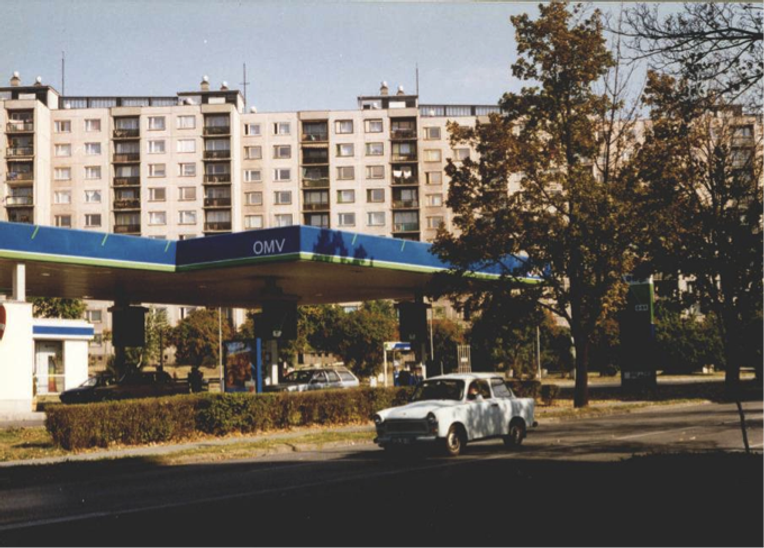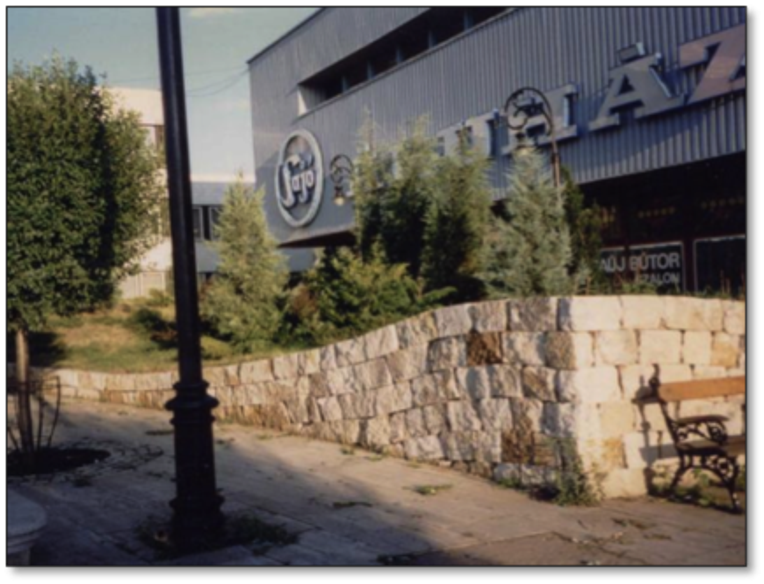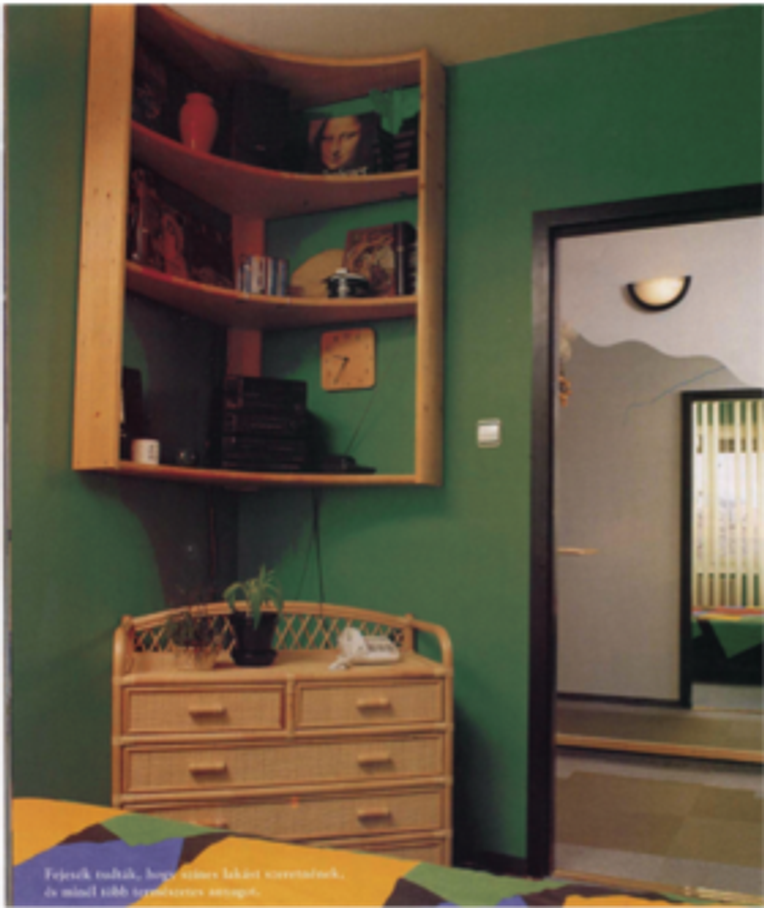This post builds on the research article “From Socialist Modern to Super-Natural Organicism: Cosmological Transformations Through Home Decor,” which was published in the November 2012 issue of the Society’s peer-reviewed journal, Cultural Anthropology.

Author's Publications
2011 "The Materiality of the New Family House: Postsocialist Fad or Middle-class Ideal? City and Society, 23(1): 18-41.
2011 "Polgári Lakáskultúra (Bourgeois Furnishings) and a Postsocialist Middle Class.Journal of Hungarian Studies. 25(2):267-286.
2009 "Goods and States: The Political Logic of State Socialist Material Culture." Comparative Studies in Society and History. 51(2):426-259.
2007 "Hungarian Horoscopes as a Genre of Postsocialist Transformation." Social Identities. 13(5):561-576.
2006 "Innocence Lost: Cinematic Representations of 1960s Consumerism for 1990s Hungary." Anthropology of East Europe Review. 24(2):54-61.
2002 "American Kitchens, Luxury Bathrooms and the Search for a 'Normal' Life in Post-socialist Hungary." Ethnos. 67(3):369-400.
1997 "'My Home is my Castle': the meaning of the family home in an ex-Socialist city" (in Hungarian). Cafe Babel (Budapest): (3)137-145.
1989 Editor/Translator of The Long Road to Revolution: The Hungarian Gulag 1945-1956. By István Fehérváry. Santa Fe, NM: Prolibertate Publishing.

Cultural Anthropology has published many articles on consumption, including "Making Pigs Local: Discerning the Sensory Character of Place" by Brad Weiss, "Empty Citizenship: Protesting Politics in the Era of Globalization" by Ritty Lukose, "The Work of the New Economy: Consumers, Brands, and Value Creation" by Robert J. Foster, and "Consuming Interests: Water, Rum, and Coca-Cola from Ritual Propitiation to Corporate Expropriation in Highland Chiapas" by June Nash.
Cultural Anthropology has also published articles on aesthetics, including "American Stiob: Or, What Late-Socialist Aesthetics of Parody Reveal about Contemporary Political Culture in the West" by Dominic Boyer and Alexei Yurchak, "Conforming Disconformity: “Mestizaje,” Hybridity, and the Aesthetics of Mexican Nationalism" by Ana María Alonso, and "Percarity's Forms" by Kathleen Stewart.

Discussion Questions
1) How does Fehérváry define "natural" in this article, and how does this definition relate to the material aspects or qualisigns of socialist products in Hungary?
2) How does this idea of "natural" (or rather "supernatural") contribute to inequality? Is inequality inherent to the idea itself, or is that simply a matter of historical coincidence in Hungary?
3) What is the importance of time in this article, particularly in relation to the idea of project? How does an apartment become representative of a "future past?"
4) How would you describe the different conceptions of personhood embedded in socialist modern and organicist aesthetics? How did changes in perceptions of these styles effect shifts in how Hungarians understood each other?


Related Readings
Comaroff, John L., and Jean Comaroff 1992 "Homemade Hegemony". In Ethnography and the Historical Imagination. Pp. 265–295. Boulder, CO: Westview Press.
Drazin, Adam. 2001. "A Man Will Get Furnished: Wood and Domesticity in Urban Romania." In Home Possessions. D. Miller, ed. Pp. 173–199. Oxford: Berg.
Harper, Krista. 2006. Wild Capitalism: Environmental Activists and Post-Socialist Ecology inHungary. Boulder, CO: East European Monographs, Columbia University Press.
Humphrey, Caroline. 2005. "Ideology in Infrastructure: Architecture and Soviet Imagination." Journal of the Royal Anthropological Institute (n.s.) 11:39–58.
Manning, Paul, and Anne Meneley. 2008. "Material Objects in Cosmological Worlds: An Introduction." Ethnos 73(3): 285–302.
Schneider, Jane. 1994. "In and Out of Polyester: Desire, Disdain and Global Fibre Competitions." Anthropology Today 10(4):2–10.